#studio ahead
Text
Artist Spotlight: Leslie Williamson

Leslie Williamson is a photographer of interiors. We mean this literally – in books like Still Lives and Modern Originals she photographed the studios and homes of iconic artists, including some of our Northern California favorites – but also figuratively, because what is remarkable about Williamson is her ability to touch upon the life of a space, or as she calls it, the soul – the part that offers a glimpse of a person's inner world, even when that person is no longer part of this one. In speaking with her, and looking at the mysterious, quiet, strangely emotional places she has photographed, I kept thinking of Gaston Bachelard's maxim in The Poetics of Space: "all really inhabited space bears the essence of the notion of home." Flip through any one of her books, and you will see how such notions take shape.
Studio AHEAD: Let's start with your essay "Doc's Lab," published a few weeks ago in a recent WildSam guide, Big Sur & HW 1. Tell us about it and what draws you to this particular landmark in Monterey.
Leslie Williamson: It’s funny how that came about. I became a little enthralled with Ed Ricketts and his Pacific Biological Laboratories when I moved to Monterey in April 2020 (yes, a pandemic move…). I am sure it won’t surprise you to learn that when I am in a new place, I research “house museum” to find what is around me, and when I did this in Monterey, Pacific Biological Laboratories came up. I have never read any Steinbeck so I wasn’t familiar with Ricketts and his story, but with the quiet of the pandemic I soon became a fan. Ricketts is such an inspiring character! It’s no wonder he was Steinbeck’s best friend and muse.
Anyhow, I tried and tried to visit Pacific Biological Laboratories throughout the pandemic but it was always closed. Finally one day, as I was on a walk, the door was open and the nice docent let me in even though I didn’t have a reservation. Oh my goodness that space, it gave me goosebumps!!! It is just so special – steeped in history on a few different levels: early 20th-century Cannery Row and the PBL/Doc Ricketts era and through to the birthplace of the Monterey Jazz Festival and the men’s club that left it to the city of Monterey.
Of course I photographed the space and my plan was to write an essay to accompany it that would go on the Still Lives Portal on my website. I have begun sharing my stories in real time there. Happily the WildSam project seamlessly dovetailed in unexpectedly. I am thrilled they wanted to publish my essay in their 50th WildSam guide. I hope people will read the essay while looking at the images. It will really bring it to life.
SA: While we're talking about places, I want to mention a photograph you took that I find so compelling: of JB Blunk's Moongate sculpture that leads to JB Blunk's house. We've been to the estate, and to get there you have to go deep into the woods of Inverness, along a windy road up a steep mountain far from everything, and there is a sense of the space caught unawares, as if no one is supposed to see it. I'm not really sure this is a question! But maybe you can speak about this feeling; it's very powerful.
LW: Thank you! It is a special place for sure. I experienced that same feeling on my first visit. Somehow my emotions come through in my images a lot of the time. I’m not sure I can say more than that. It has always been that way.
SA: I love the home libraries of various Californian luminaries that you shot in Interior Portraits – partly because whenever I'm in someone's house for the first time I head straight to their bookshelf, and partly because they're incredible spaces. Ray Kappe's library, with its bright blue cushions and the bamboo forest outside, shows his relation to reading. What sort of objects "speak" to you as the kind that tell a story, and how do you photograph that object in way that helps it best tell its story?
LW: First off, can I just say I love libraries too…so much. There was a time when our bookshelves were a window to our mind, heart and soul. I just added a Bibliophilia section on my SL Portal that shares people's bookshelves. I always photograph them and they never make them into my books so I decided they needed a venue of their own.
As for other objects that speak to me, I never know what they are going to be. It is different for every person/space I am in. I generally just trust my gut. From Una Jeffer’s narwhal tusk, to Georgia O’Keeffe’s record collection, I seem to be able to sense where there are meaningful stories.
SA: What role does writing play in your photography, and vice versa?
LW: My writing is still a surprise to me. I see it as in service to my photography; but having said that, the "Doc’s Lab" story ran in WildSam with none of my photographs, so maybe that is evolving? When I wrote Handcrafted Modern, it was a bit of an unexpected turn of events that led me to writing the book, as well. But in hindsight, it was the magic combination of expression I didn’t know I was looking for. The photography always comes first and I let my curiosity run rampant as I shoot. Then, after I have edited the images, I hone in on the stories I want to share in the writing. That is the general scenario my process takes.
SA: Speaking of which, you've now published four books. Tell us a little bit about this process – whether you've a vague idea for each project... or how you build a narrative between each space photographed ... maybe a hint as to the next project you're working on…..
LW: The process of creating my books has evolved quite a bit since Handcrafted Modern. I began just because I wanted to see the spaces of my favorite architects and designers and this evolved into a plan to create a library of how creative people live in the 20th/21st centuries. And that is still happening, but I realized pretty quickly that the discernment of my choice of spaces to photograph is very specific. I am looking for what I call “soul spaces”: spaces that are still imbued with their inhabitant’s soul if they are no longer with us and an innate expression of the owner if they are still living there. There is always a certain je ne sais quoi that I am looking for. I know it when I see/feel it. But I am not sure there are words to describe it.
As for what’s next, I am looking to more shows in art galleries and museums. There is a particular project I am just diving into that will be in a major museum in a few years. I can’t say more. And of course there will be an accompanying book. Creating books is in my DNA.
SA: Finally, pretend you are not Leslie Williamson and that Leslie Williamson comes to one of the homes you've lived in – any of them from your whole life – to photograph it for Still Lives: The Sequel. What room would you want her to capture? What is in it?
LW: Oh wow…what a question! I am not sure any of my former or current homes would warrant being included in one of my books. But I do wish I could time travel back and photograph all of my former living spaces starting with my childhood home, where my father still lives, before we remodeled it in 1976. I can’t really remember it before that and am curious what it was like in its original state and how my parents had it set up, what objects they had, etc. I also wonder if there is an evolutionary through line of my own that would be evident in my own bedroom/homes throughout my life starting from my first bedroom. Like artists who make a portrait of themselves once a year, I wish I had a portrait of my living spaces for every year. I would be fascinated to see that, just for my own curiosity and self learning.
Photos by Leslie Williamson


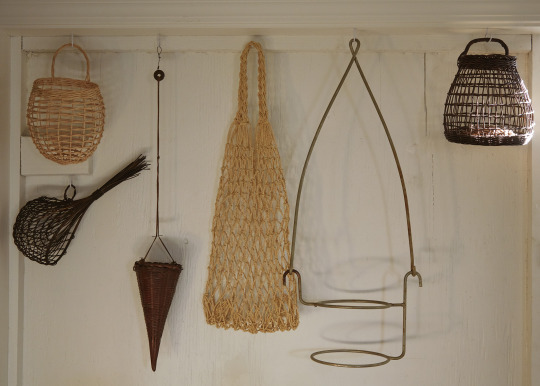
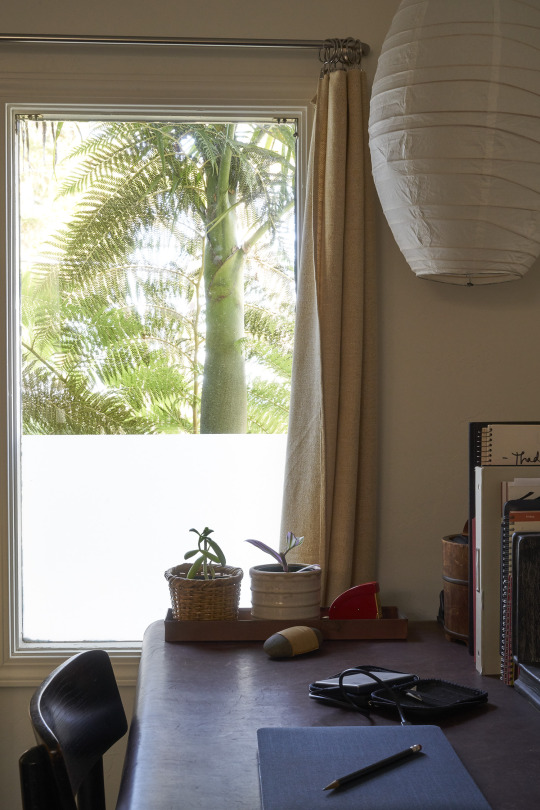
Leslie Williamson’s home in Monterrey, CA.

“The Party Room” at Doc’s Lab on Cannery Row in Monterey. Originally the home of noted marine biologist and Steinbeck muse Ed Ricketts.

Detail in Ed Rickett's former home and business, Pacific Biological Laboratories, on Cannery Row. Monterey, CA.
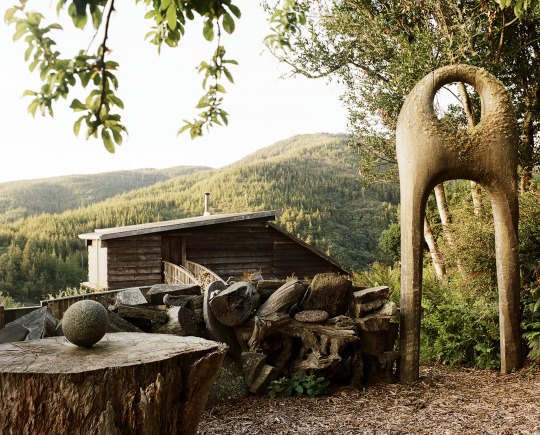
JB Blunk’s ‘Moongate’ sculpture and his home in Inverness, CA.

Detail of the living and loft area in JB Blunk’s home.

Artist and AIDS activist Derek Jarman’s library at Prospect Cottage, his home in Dungeness, UK.


The kitchen/greenhouse and a longe area in the home of artists Evan Shively and Madeleine Fitzpatrick. Marshall, CA.
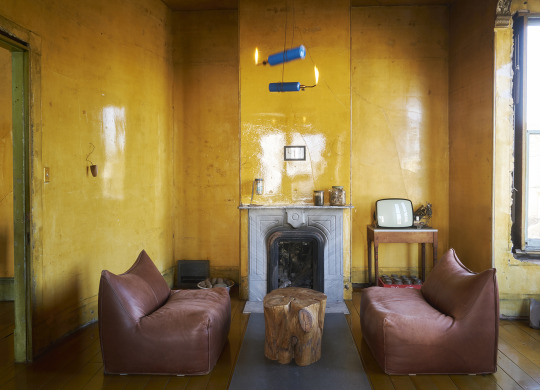
Artist David Ireland’s sitting room in his home and masterwork, 500 Capp Street. San Francisco, CA.

Stair detail in artist Jesse Schlesinger’s home. Sausalito, CA.
#leslie williamson#jesse schlesinger#david ireland#madeleine fitzpatrick#evan shively#derek jarman#jb blunk#ed rickett#Studio Ahead
7 notes
·
View notes
Text
"Illumination Legend of Zelda isn't real, it can't hurt you!"
Illumination Link:

#i had to make him i had to do it#but at what cost#anyway i really dont want them to make this movie#if zelda were to ever be made into a movie like this#either the animation needs to be done by studio Ghibli#or we are using the CDI zelda timeline/games ONLY for Illumination's version#loz#legend of zelda#the onceler#illumination#meme#edit tags ahead:#i both love and hate how this is my most popular post on this hellsite#i wish my art got this amount of attention lmao
7K notes
·
View notes
Text
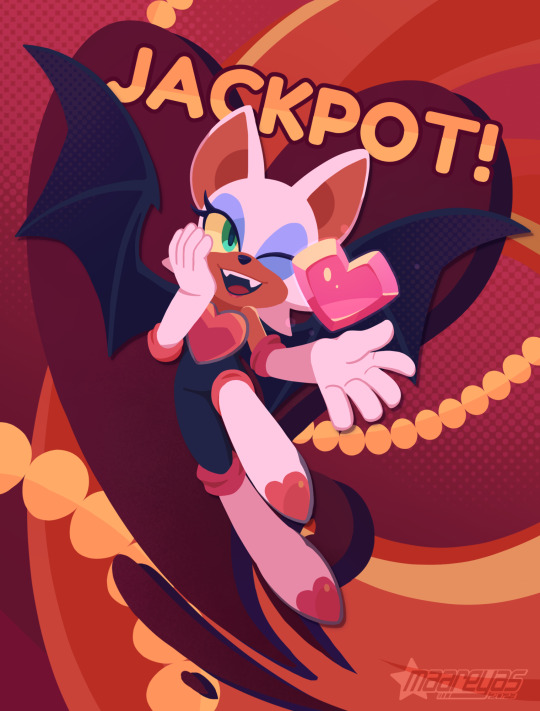
A heart for the treasure shelf
another one in this style because it's actually pretty fun to do (once you get past the tedious process of initial blocking)
#sonic#sonic the hedgehog#sth#sonic fanart#rouge the bat#rouge the bat fanart#digital#clip studio paint#my art#i vaguely remember there being heart shaped crystals in frontiers#so im gonna go ahead and say that the jewel here is Not that. its just some generic heart jewel#drawing rouge in this style was actually rly fun idek why#maybe its bc i used a lot of pink
2K notes
·
View notes
Text
Man, I want shapeshifter cap SO BAD.
I want to see a Billy that really leans into the wonder of the world, the million paths a child could take in their life.
I want to see a Billy that wants to try everything, at least once.
A Billy that looks at all the people who spit at him, deride him, pity him, dismiss him, ignore him, because he has no future, no prospects, a child in the gutter and say no. I'm going to grow up to be whoever I want to be.
And a captain marvel that says you're going to be amazing.
Billy taking the premise of captain marvels form - his ideal self, a blank slate for Billy to paint his bright colours, the person he wants to be deep inside - and dialling that freedom up to eleven.
A dancer, a dinosaur, a train conductor, a tiger, an ice cream maker, a butterfly, an astronaut, a shark, a college student, a Tamaranean, a mouse, a scuba diver, an elephant, a doctor, a moose, a race car driver, a dog.
A child wanting to see the world.
If you want to find captain marvel, well first you've got to try his comm, probably a couple times.
Then you've got to go to fawcett, hope he's there and not saving the yetis from a salamander invasion in a different dimension.
You've got to ask around, because it often goes by word of mouth here, no matter what technology you bring. Don't worry, it'll spread very quickly, but if you're in a hurry you can find his commemorative statue and leave an offering. No one knows if it really works, but it's a good way to pass the time and feel productive.
Soon, a face will peel out of the crowd. It's always familiar, but it's never the same one.
Wait for the flash of lightning in a cloudless sky.
And then you will find captain marvel.
#dc comics#captain marvel#dc captain marvel#billy batson#I really want to see tawny introducing Billy to the wonders of a highly malleable form#He's a kid! He's dreaming and imagining! He's got a thousand lives ahead of him!#Also just the image of the jl hunting down cap for smth and coming to a dance studio#And seeing this person who does not have caps body but is indubitably cap look up in surprise#Like he's a young man just out of teenage hood with a slim and lithe dancers build. Red male leotard with the lightning bolt on#Billy at this point is like 11 but as long as they never connect his human form to all these other immortal ones he's not too bothered#Billy getting into many places with the power of free trials/scholarships/sheer 'look like you belong there' energy#I think he'd have fun being a train conductor#Bringing his friends and trusted people with him sometimes for cover stories (like uncle dudley)#Heck I think he brought Shazam along on a couple adventures in the earliest comics lmao#But tawny is there 40% of the time being the adult (tiger) supervision#Not that he really needs to be. Billy is responsible and mature! Just... A trouble magnet lol#But someone has to show this kid the tricks of the shape-shifting trade!#shazam
329 notes
·
View notes
Photo
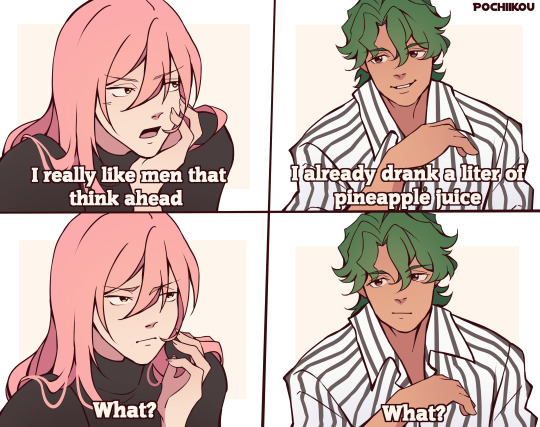
#He's thinking ahead#and came prepared!#matchablossom#sk8#kaoru sakurayashiki#kojiro nanjo#sk8 fanart#SK8 the Infinity#kaoru x kojiro#sk8ships#yaoi#meme#fan comic#sk∞ エスケーエイト#エスケーエイト#sk8theinfinityfanart#digital art#clip studio paint#pochiikou
821 notes
·
View notes
Text
im actually getting so worked up over how bones is handling dazai and chuuya’s relationship. i can’f even be mad at anime onlys mischaracterizing them because bones doesn’t know how to portray their dynamic well either🤷♂️
#season 5 spoilers ahead#the way that dazai didn’t look angry when he realized fyodor chose chuuya???#he seemed amused and that makes me so mad#not to mention all the other times they got rid of important details#just makes me sad#studio bones do better#bsd#bungou stray dogs#skk#soukoku#dazai osamu#chuuya nakahara
185 notes
·
View notes
Text

can i offer you a motivational fresh cut grass in this trying time
#critical role campaign 3#critical role#bells hells#critrole#critical role fanart#cr fanart#fresh cut grass#fcg#fcg critical role#motivation#my art#clip studio art#clipstudio paint#when i have a busy week ahead of me i like to make sticky notes of characters from stuff i like to stick on my desk as motivation#last week i drew fresh cut grass on a sticky note. given the recent episode this felt weirdly appropriate to post#really goin thru it rn!! won't post spoilers but goddd pls watch it when it comes out monday it's soooo good#critical role spoilers#just in case#though it's not intended to be a spoiler#some people on twitter were a little concerned so im just takin' a precaution#should've posted it tomorrow bc it would make sense with monday motivation but oh well
498 notes
·
View notes
Text
the thing that hurt the fucking most in the tale of princess kaguya is that the father was so selfish but he loved his daughter so much. he loved her with all his heart. he can be selfish and love her. he wanted himself to live richly through her, but he smiled when she laughed and played, and he didn’t force her to marry one of the men even though that was clearly what he wanted from her. he, on her decision, rejected a proposal from the freaking emperor. her parents always wanted what was best for her, they wanted her to be happy. it just couldn’t happen like that.
#studio ghibli#ghibli#the tale of princess kaguya#ITS SO DEVASTATING#THE ENDING???? THANKS NO GO AHEAD I DONT NEED MY HEART JUST TAKE IT
87 notes
·
View notes
Text
Bakugo’s explosions continuing to be OFA rainbow colored is gonna haunt me UNTIL WE GET ANSWERS,,,
#WHO IN THE ANIMATION STUDIO KNOWS WHAT’S GOING ON#COME HERE#I’m just going all the way back to Bakugo seeing vestige All Might LIKE#he’s literally just THAT talented 😮💨#AND if someone got the go ahead to incorporate Heroes Rising shenanigans?? 😭#bkdk#dkbk#bakudeku#dekubaku#:’)
192 notes
·
View notes
Text
Artist Spotlight : Nobuto Suga

It will surprise no one that Studio AHEAD loves walking through the deep forests of Marin. So it was a delight to speak this month with Nobuto Suga, a Japanese-born woodworker who shares with us not only an appreciation for Northern California's forests, but a willingness to allow the natural world to influence and guide his creative work. To look at a Suga piece is to read, behind each block of wood, the tree that gave the piece its form and the landscape that gave home to the tree: "We are not separate from our natural world. Nor are we separate from each other." We were happy to speak of creative partnerships with those we cherish: in our case, Elena and Homan; with Suga and his partner Amy.
Studio AHEAD: Share with us some of your journey in arriving to California. Did you grow up here? What was your introduction to woodworking?
Nobuto Suga: I grew up in the countryside of Hiroshima, surrounded by forest and farmland. I started playing around with wood when I was sixteen. I remember one day my father brought some pieces of milled lumber home. The pieces came from trees that had been cut down on one of his landscaping sites. I was fascinated by the grain patterns in the wood and I wondered what form I could shape from the wood. I made a towel rack and some shelves, those were my first woodworking projects. They are still in my family home, and whenever I visit there, I see the living element of memory in those early pieces.
In 2000, I went to upstate New York to study ecology and gain a wider understanding of ecosystems. On a visit to the West Coast my eyes were opened by the majestic landscape of an old-growth forest. When I settled in San Francisco in 2014, I reconnected with the forests and woodworking. I have been deepening my appreciation ever since.
SA: Does the region where the tree grows affect how you work with it? Does a tree in Japan necessitate a different way of keeping its integrity than does a tree in California?
NS: Yes, absolutely. It does affect how I work. I had an opportunity to work on the edge of the coast recently under an old cypress canopy. I felt a direct connection with the surrounding elements—the wind and the rocky landscape. Connectivity to place is a very important part of my process when forming and laying out a vision and a direction. Without that connection, I can not make work. Relationship to place is extremely meaningful for me.
The most majestic tree I have ever encountered is at a Shinto shrine in Hiroshima. It’s wildly branching. The tree is covered with moss and lichen. It hosts so much life. It is a living historical artifact. Typically the trees around shrines are given the most respect in Japan. But a tree is a tree and deserves deep respect no matter where it grows.
SA: Tell us more about this respect. How does a designer go about respecting the material? Does this play into or get in the way of innovation, of using materials new ways?
NS: I’m keen on using urban salvaged and reclaimed wood to extend the life of the source elements. Understanding resources and bringing out the best characteristics of the material are very important to me. Working with resources from this perspective can help lessen our consumption flow which is excessive and problematic. It is important to build awareness and have respect for our natural environment that we depend on for life. We are not separate from our natural world. I’m fortunate to have access to urban salvaged wood and reclaimed materials in the Bay Area. I’m just one of many here who works respectfully and consciously with wood. I’m glad to be part of this community of woodworkers.
SA: You helped repair Sol LeWitt sculptures in New York. What ways do repair and creation intersect or diverge?
NS: My plan at that time was to attend a landscape architecture program, to explore physical interaction with space as a way of connecting with nature. But instead, I was fortunate to meet with a few Japanese artists who worked with Sol LeWitt for many decades. I participated in two executions of his Open Cube Structure, learning directly from a lead fabricator/artist, Kazuko Miyamoto. It was a very repetitive process, and it was pleasing to see the progress of structure and various visual effects that appeared in each step.
LeWitt’s sculptures are based on numbers, laying out a grid and a score, and the structural form emerges like a sound. The visual effects appear within the open cube from many different angles. I appreciate his vision, playfulness, endless curiosity, and openness to discoveries. LeWitt’s system of composition and application has a heavy impact on my practice.
Over time, I have developed an interest in kiwari, a traditional Japanese method of proportion or a co-relationship with each structural component. There is an underlying interconnectedness that I experience in nature, and when I make something, as I put pieces together I am always trying to respond to this feeling.
SA: Can you elaborate on this? Is this harmony of proportion what you are trying to achieve, or are you purposefully distorting these ideas of proportion to evoke certain emotions?
NS: Woodworking gives me new challenges all the time. The harmony of proportion is a starting point and a structuring principle of a concept and a process. I’m not distorting these ideas, I’m searching for the best way to accommodate the material and honor what it is offering.
SA: Your partner, Amy, is your collaborator and you've built a home, studio and practice together. Tell us about how you work together. We [Elena and Homan] are creative partners and are grateful we have each other to move through creative life together. If one of us feels unbalanced, the other brings us back or carries the baton for a while.
NS: Amy and I have been interacting and influencing each other with our creativity and sharing our appreciation for the last 15 years. She and I first met each other when we were both involved in the retrospective installation for Sol LeWitt at MASS MoCA in 2008. We had a spark and a similar appreciation of nature and have been together ever since. Our cultural backgrounds are different, but our attention to detail is the same. We’re both interested in the qualities of line and the negative space between things. And we both have a lot of respect for the untouched elements of a place or a material. We have been cultivating a shared language for the last fifteen years.
We tend to take turns supporting each other’s passions and projects. When I was pursuing ecological restoration, I assisted Amy’s art practice by helping with installation and gathering materials. Five years ago, Amy set up our family woodworking business, Suga Studio.
I enjoy and appreciate her vision, playfulness with elements, and I admire her ability to transform an indescribable emotion to visualized formations. Our practices blend with regular and creative existence in a way that gives us energy and flexibility. Pursuing the passion and our listening hearts is filling me with gratitude and compassion. Our next direction is making an even deeper connection with nature. It inspires us both to the core of our being.
Photos by Ekaterina Izmestieva
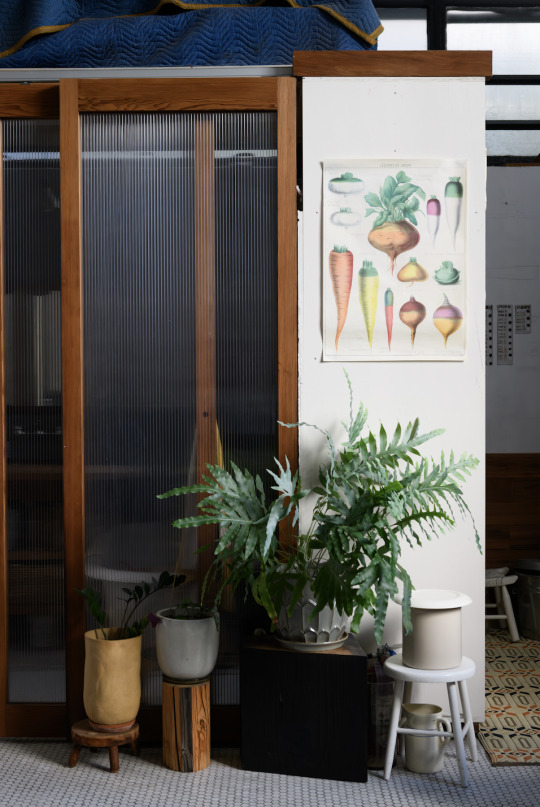



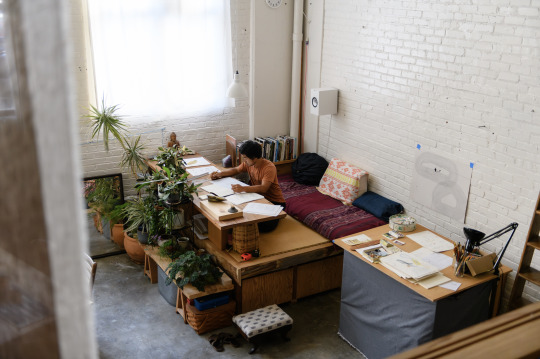




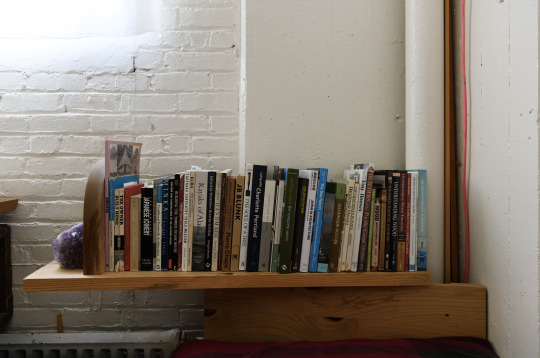
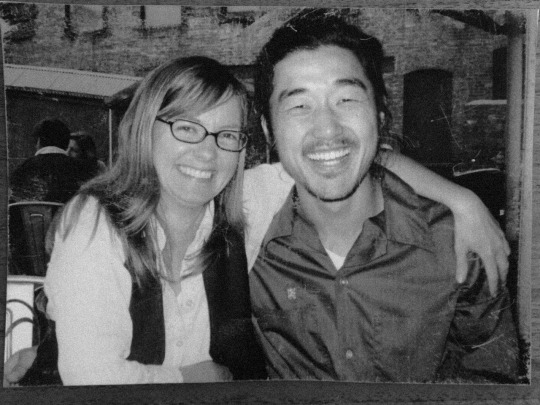
#studioahead#northern california#bayarea#studio ahead#artistspotlight#san francisco#california#interiordesign#art#nobuto suga#nobutosuga
0 notes
Text
I GOT THE LOVEJOY VINYL LETSGO!!


#im so so happy i got it#i planned ahead by like a month on how i would prepare and whatnot#like i even emailed all the shops in my state that participate in the event just to be sure i'd have a good chance of getting it#and it only took getting up at 6:30 and waiting in a line in the snow and cold for half an hour 😎#lovejoy#lovejoy record#lovejoy vinyl#record store day#record store day 2023#rsd#rsd23#lvjy#lvjy record#lvjy vinyl#record#vinyl#anvil cat#anvil cat from studio 4#from studio 4#lovejoy anvil cat#lvjy anvil cat#tomorrow#taunt#one day#sex sells#cause for concern
28 notes
·
View notes
Photo
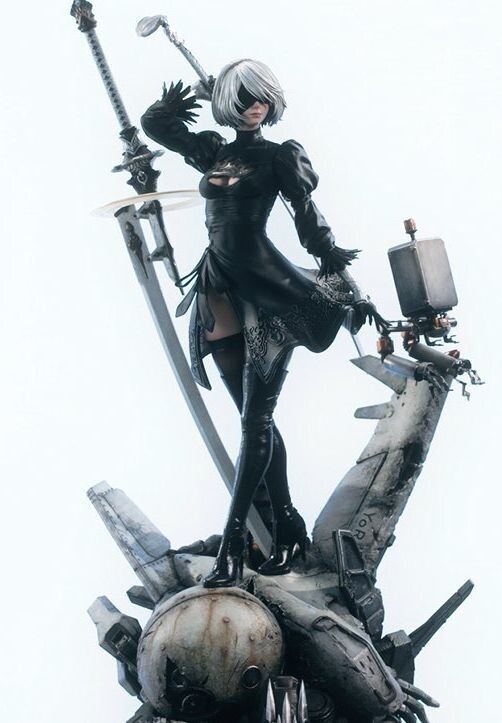
2B 1/3 Scale by Prime 1 Studio, from NieR: Automata
#squenix getting ahead with the licencing before the anime comes out lmao#2b#YoRHa No. 2 Type B#1/3#scale#prime 1 studio#nier#nier automata#nier: automata#anime figure#anime figures#anime#figure#figures#figurine#figurines
148 notes
·
View notes
Note
I like Baffy bcs it makes me go “HA LOSER!” With Bugs (endearingly)
HA yep! casually liking bugs and daffy has one assuming daffy is the loser, but being into baffy makes u realize that it’s bugs who’s the loser!
#baffy#looney tunes#bugs bunny#daffy duck#isn’t that lovely? (ask tag)#pssst it’s the emotional constipstion unself awareness 🫢#meanwhile daffy is a charater that wears his heart on his sleeve#that ain’t to say daffy isn’t a thinker. he calculates stuff and makes calls (though his line of logic can at times be skewered. he is#’daffy’ after all) but he falls short of bugs already ten steps ahead of everyone else and makes plays along with the public opinion#that he’s unreachable and always witty (🫢 he’s not)#like u watch BiA as an adult and see how Bugs treats Daffy/Bugs goes along with the studio’s treatment of Daffy n ur like#damn I’d leave his ass too 😭 Bugs is such a loser#he knows Daffy’s greatest dream is to be called Bugs’ hero and bugs casually teases him about it like that bitch is COLD#dare I say. a Stinker (ehehehhee )
52 notes
·
View notes
Text
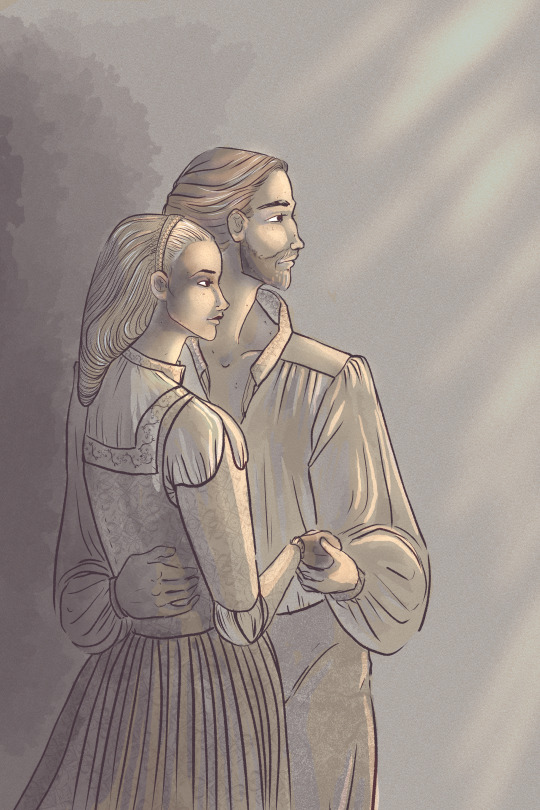
Waiting is always the hardest part, but it's always easier with a friend.
One of my favourite fictional pairs <3
#amoa#art diary#sketchbook#digital drawing#digital art#clip studio paint#csp#fanart#Lord of the Rings#Eowyn of Rohan#Faramir of Gondor#The White Lady of Rohan#The Prince of Ithilien#Home is behind#The world ahead#Tolkien#Middle Earth
12 notes
·
View notes
Text
"Y'know, my favourite flowers are probably forget-me-nots. Theyre super pretty, and their name sounds so romantic! I wonder if they have any sort of, like, folktale to them?"
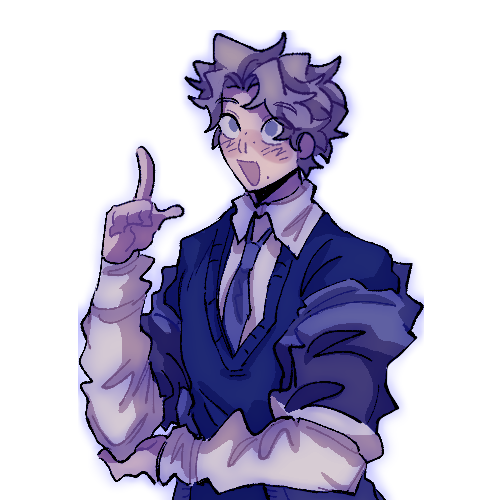
#cold front#cold front rp & ask blog#winnie cold front#winnie bosko#winnie.talks#studio investigrave#racheldrawsthis#ooc/mod: btw i added marbled/evil winnie to this blog so if u wanna ask him anythin' go ahead
11 notes
·
View notes
Text
My ultimate fan theory is that Isayama hated the AOT fandom so much that he paid to have it destroyed. Like, the opposite of "God so loved the world."
#this is actually a thing#he told the studio to hold until the manga was 3 arcs ahead of the anime#he deliberately killed the AOT momentum because he literally hated us#and thinking about the early fandom#that's legit#I hated us too#i think I cracked my sternum saluting other weebs in public#aot#attack on titan
10 notes
·
View notes